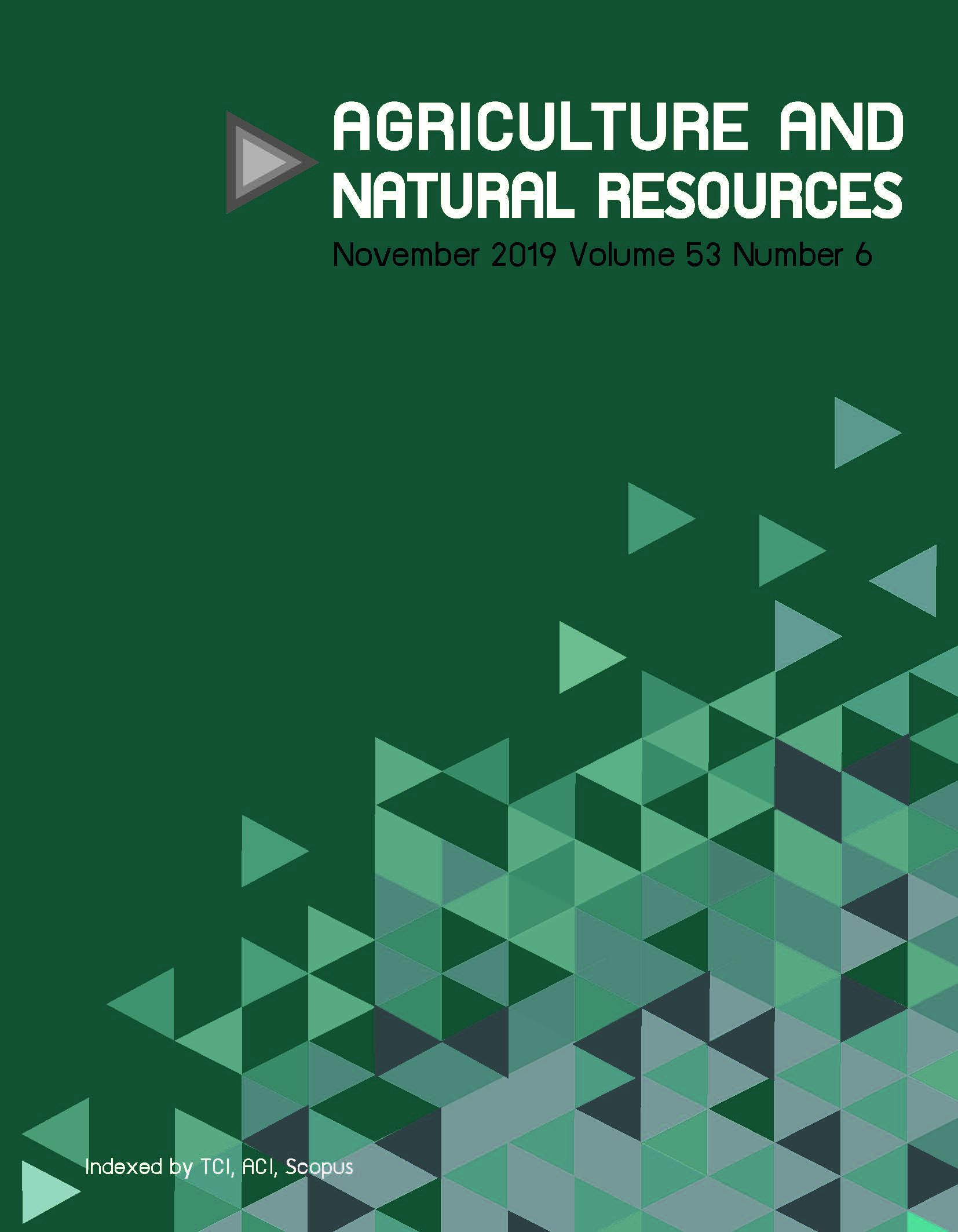Diversity of nitrogen-fixing bacteria in agricultural field soil along the Yamuna River, Delhi, India
Keywords:
Microbial diversity, nifH gene, TReFID software, Terminal restriction fragment length polymorphism, Yamuna RiverAbstract
Nitrogen-fixing bacteria play an important role in sustaining soil health. The diversity was studied in nitrogen-fixing bacteria using the nifH gene along the Yamuna River in Delhi-National Capital Region. The nifH gene is a part of the nif regulon, which codes for an Fe-protein of the nitrogenase enzyme complex, responsible for the reduction of dinitrogen (N2) to ammonia (NH3) during biological nitrogen fixation. Soil samples were collected from agricultural fields near the Yamuna River. Terminal restriction fragment length polymorphism analysis of soil DNA using the TReFID software package showed community comprising different nitrogen-fixing bacterial phyla, dominated by the Proteobacteria (26.87%) and Actinobacteria (2.9%). The relative abundance of these two phyla increased downstream along the river while the relative abundance of the Cyanobacteria decreased. The maximum overall microbial diversity index was lower downstream and during the summer season. It was concluded that the seasonal variation in temperature and moisture and the increases in the pollution of the water directly affected the microbial diversity as well as the relative abundance of the nitrogen-fixing bacterial population in agricultural fields along the Yamuna River.
Downloads
Published
How to Cite
Issue
Section
License
Copyright (c) 2019 Kasetsart University

This work is licensed under a Creative Commons Attribution-NonCommercial-NoDerivatives 4.0 International License.
online 2452-316X print 2468-1458/Copyright © 2022. This is an open access article under the CC BY-NC-ND license (http://creativecommons.org/licenses/by-nc-nd/4.0/),
production and hosting by Kasetsart University of Research and Development Institute on behalf of Kasetsart University.







